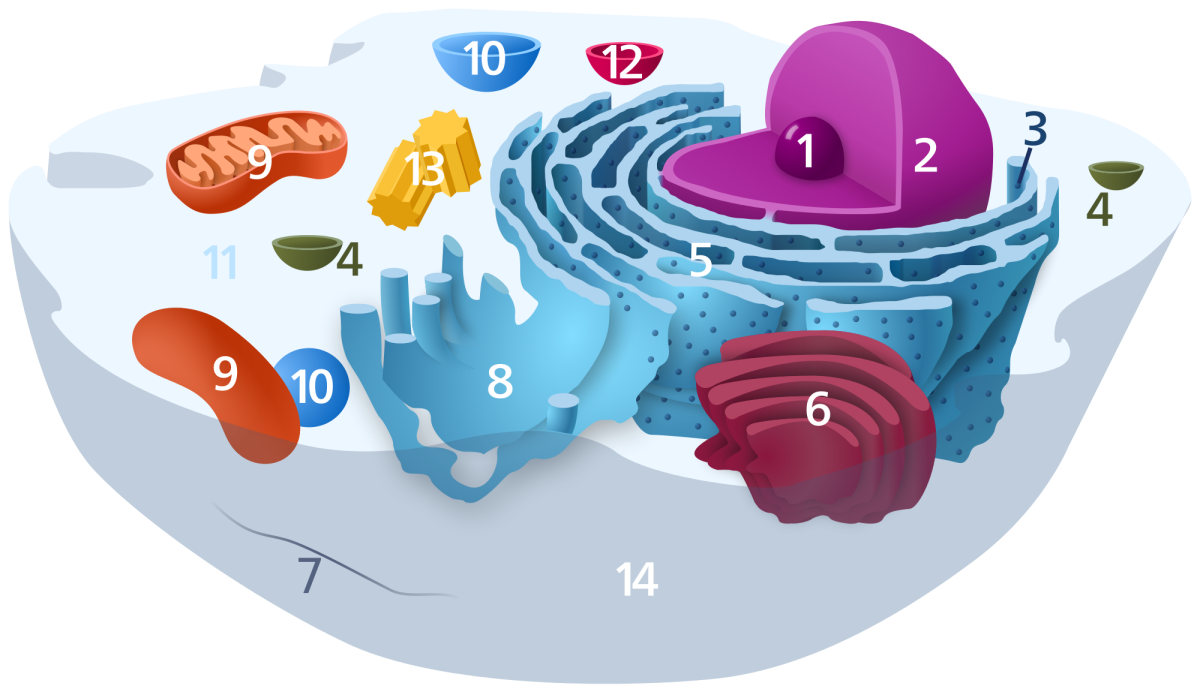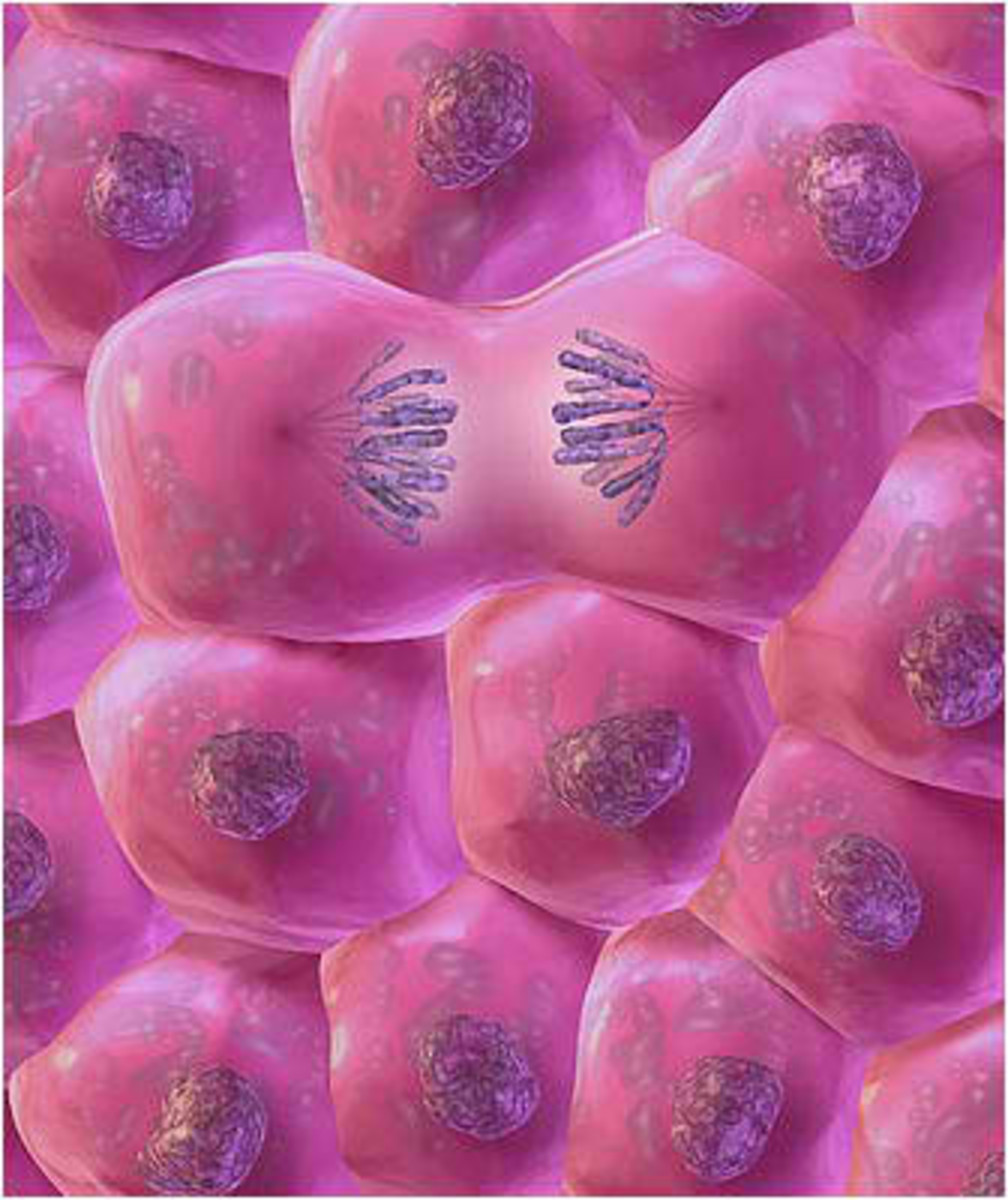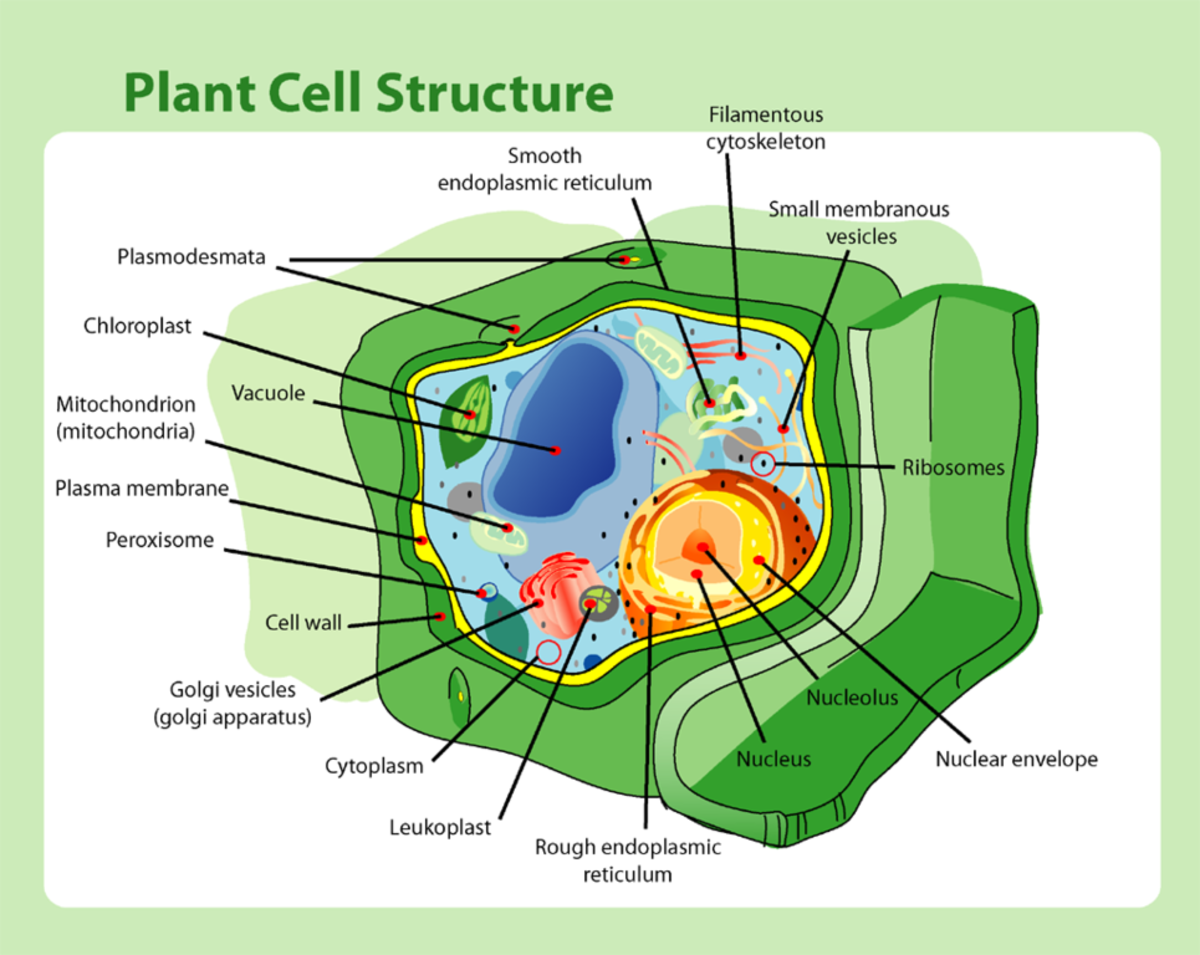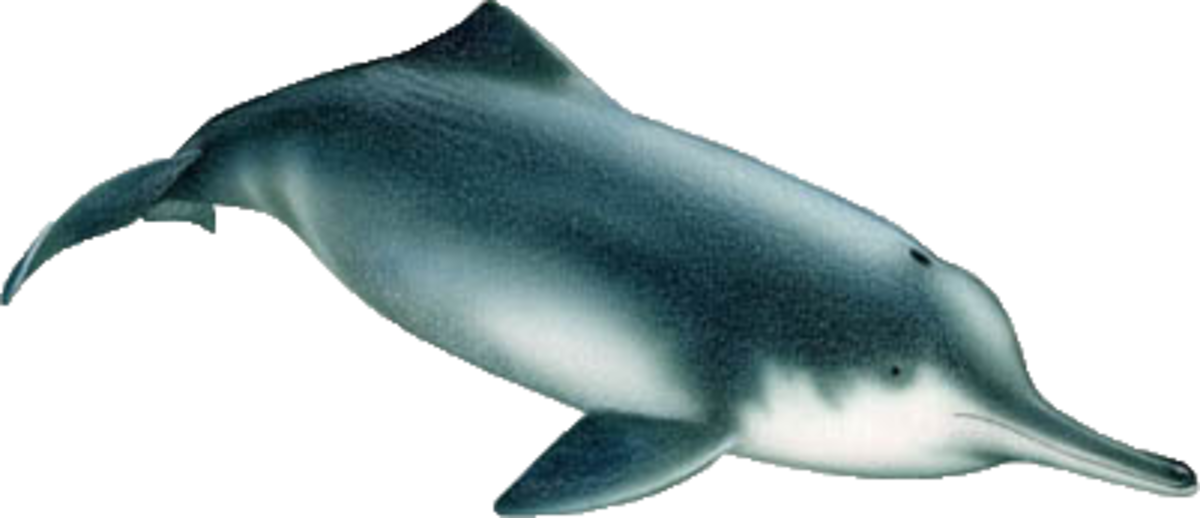The origins of life
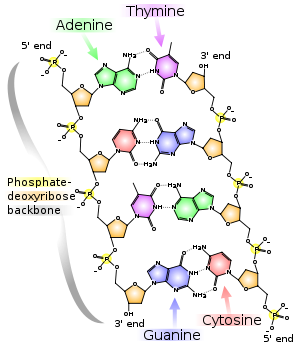
LIVING BUILDING BRICKS
All living things. plant and animal. stem from a single cell. Most cells are too small to see. a mere few thousandths of a millimetre across. A few single-celled organisms. however. such as the freshwater protowan Spirostomum. can be up to 3mm (0.12in) long. Each cell consists of a thin membrane holding a liquid called cytoplasm which contains fats. proteins. acids and carbohydrates. In the centre of the cytoplasm is a nucleus.
The nucleus holds the genetic code which determines how an organism develops. Plants and animals grow by the division of their cells. The form the completed organism takes is decided by chemical messages contained in DNA. short for deoxyribonucleic acid. DNA is a mixture of sugars and phosphates which form a spiral ladder of molecules inside the cell nucleus. Each time a cell divides. the ladder splits in two down the middle. Half the ladder joins each new nucleus. Each half-rung projecting from the spiral is then able to link up only with the same chemical partner in the newly formed cell as it had in the original cell. As a result, the ladder is 'repaired' exactly as it was before, and the genetic code it contained is faithfully copied in each new generation of cells.
The secret of the DNA code of life was finally unravelled at Cambridge University, England, in 1953 by an American, James Watson, then 25, and a 37- year-old English biologist, Francis Crick. They knew that DNA consisted of a chain of sugars and phosphates held together by four compounds known as nucleotides. Each nucleotide contained a different organic base. There were two large bases, guanine and adenine: and two small. thymine and cytosine. But how did the bases fit together? Cycling from the station to the college one day after a trip to London, Watson decided to experiment with a two-link structure. He and Crick made cut-out models of the shapes of the four molecule bases, and began trying to fit them.
A DNA molecule is an awesomely complex and extremely fast copier. It may consist of hundreds of thousands of coils containing millions of nucleotide 'rungs'. When a cell divides. the molecule has to untwist and all the new nucleotides necesary have to be assembled in the right order and be joined together by enzymes. Yet all this has to be done-in a bacter- ium, for example - in the time it takes a cell to divide: less than 20 minutes. The helix must uncoil at the rate of several hundred turns a second - a speed which would tear apart any car engine-and the new chain must be assembled at the rate of several thousand nucleotides a second.
The enormous diversity of plant and animal life became possible only after the development of sexual reproduction. The first organisms to use this method were green algae, plant masses formed by groupings of primitive cells, which began about 1000 million years ago to reproduce by fusing with each other. Until then all reproduction had been simply by cell division. the process now known as cloning. Each organism was identical to its parent. Sexual reproduction. however. enabled a greater variety of organisms to evolve, because the new life could take different combinations of characteristics from the parents.
The first plants to colonise the land about 420 million years ago were flowerless mosses, horsetails and ferns. With no sex organs, they reproduced by throwing out spores - minute organisms that carried the genetic blueprint for the plant. Spores can germinate centuries after they have been cast off, but their survival rate is low because they carry no food store. Ferns began bearing seeds about 345 million years ago. Unlike a spore, a seed has a built-in food store, making its survival chances much greater. The most primitive seed-bearing plants still found on Earth are the cycads, plants which resemble palm trees. They have grown on Earth for some 160 million years.

